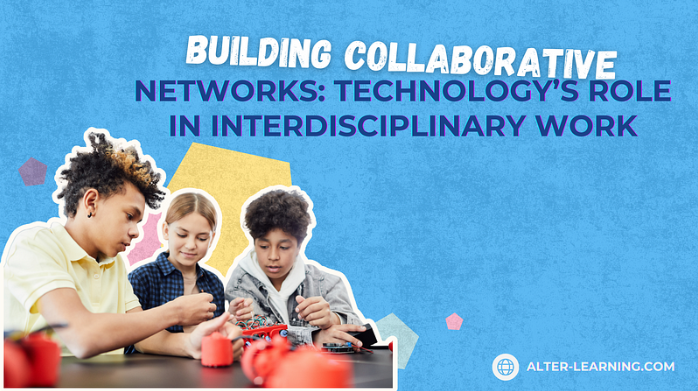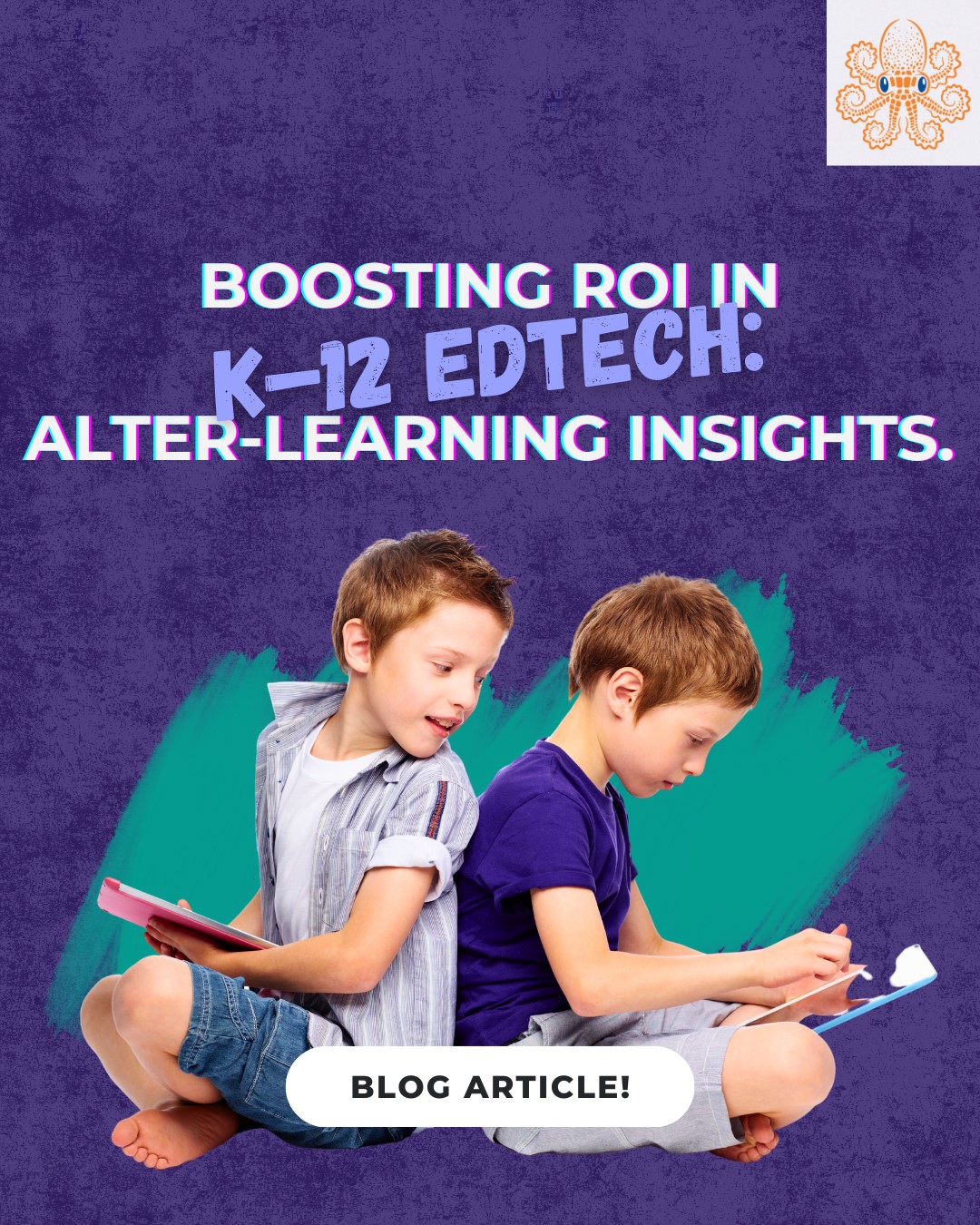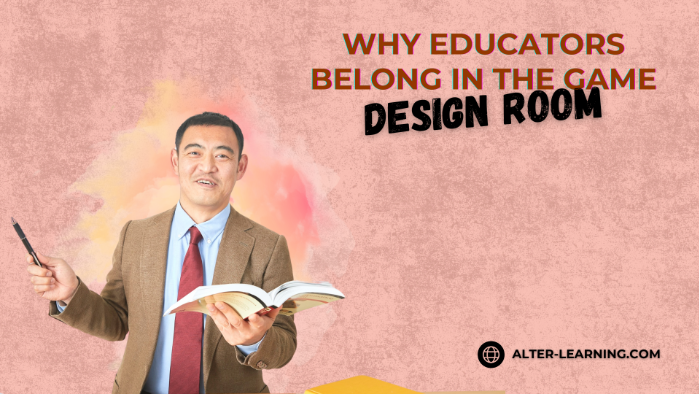Integrating technology into the classroom can open new doors for students—making lessons more interactive, fostering collaboration, and preparing learners for an increasingly digital world. But the true value of educational technology isn’t measured by the first day it’s used. It’s measured by how well it continues to support learning over time.
For schools, ensuring the long-term sustainability of technology investments is essential. Without careful planning, even the most promising tools can lose relevance, become inaccessible, or fall short of their potential. But with the right approach, educational technology can remain a lasting, adaptable resource for students and teachers alike.
Beyond Devices: What Sustainability Really Means
Technology sustainability isn’t just about keeping devices working—it’s about making sure tools stay aligned with evolving classroom needs. Long-term sustainability considers:
- The ability to maintain and update interactive STEAM learning platforms,
- Ongoing access to immersive learning environments that engage students,
- Continued support for accessibility and inclusive design,
- The capacity for tools to grow alongside curriculum changes, student needs, and new technology standards.
Investments that address these areas are more likely to provide lasting educational value.
Key Strategies for Sustainable Technology Integration
Schools and districts aiming for long-term success with educational technology can focus on several best practices:
1. Prioritize Scalable, Flexible Tools
Platforms that offer cross-device compatibility, modular content, and regular updates can better adapt to future needs. Look for:
- Educational games that work across desktops, tablets, or VR devices,
- Interactive STEAM learning tools with adjustable difficulty and customization options,
- Platforms that evolve to include new content, accessibility features, or curriculum alignments.
This flexibility helps technology grow with the school community.
2. Plan for Ongoing Professional Development
Technology is only as effective as the people using it. Supporting teachers through continuous training ensures that:
- Educators stay confident integrating tools into lessons,
- New features, such as AR learning experiences or VR math games, are used effectively,
- Teachers can adapt technology to meet the needs of diverse learners,
- A culture of innovation and collaboration develops over time.
Sustained training builds long-term capacity, not just short-term excitement.
3. Budget for Maintenance and Renewal
Sustainability requires financial planning beyond the initial purchase. Schools can set aside resources for:
- Device maintenance, upgrades, or replacements,
- Subscription renewals or software licenses,
- Technical support and troubleshooting,
- Platform updates to ensure ongoing accessibility and functionality.
Building these costs into long-term budgets reduces unexpected disruptions.
4. Focus on Accessibility and Inclusivity
Sustainable technology must work for all learners—not just those who fit the average user profile. Long-term investments prioritize:
- Accessible design features, including colorblind modes, audio cues, and adaptable interfaces,
- Tools that support differentiated instruction and social-emotional learning,
- Ongoing improvements based on feedback from educators and students,
- Equity in access, ensuring devices and platforms are available to all students.
These considerations help technology remain relevant and inclusive.
Evaluating the Impact Over Time
Sustainability isn’t just about keeping technology running—it’s about ensuring it continues to enhance learning. Schools can assess this by tracking:
- Student engagement and academic outcomes connected to technology use,
- How well platforms support evolving curriculum standards,
- The effectiveness of teacher training and support,
- Feedback from educators, students, and families on usability and impact.
By regularly reflecting on these areas, schools can make informed decisions about updating, replacing, or expanding their technology resources.
Building Lasting Value with Educational Technology
The goal of educational technology isn’t short-term novelty—it’s long-term opportunity. Platforms that blend interactive STEAM learning, accessible design, and immersive experiences can support students for years—but only with intentional planning and sustained investment.
When schools prioritize flexibility, professional development, accessibility, and thoughtful evaluation, technology becomes more than a one-time purchase. It becomes a lasting tool for engagement, critical thinking, and collaboration—helping students build the skills they’ll carry far beyond the classroom.
Follow Alter-Learning for more insights into immersive education, edtech success stories, and the future of learning. Want to explore how VR/AR could transform your school or learning platform? Let’s connect.




